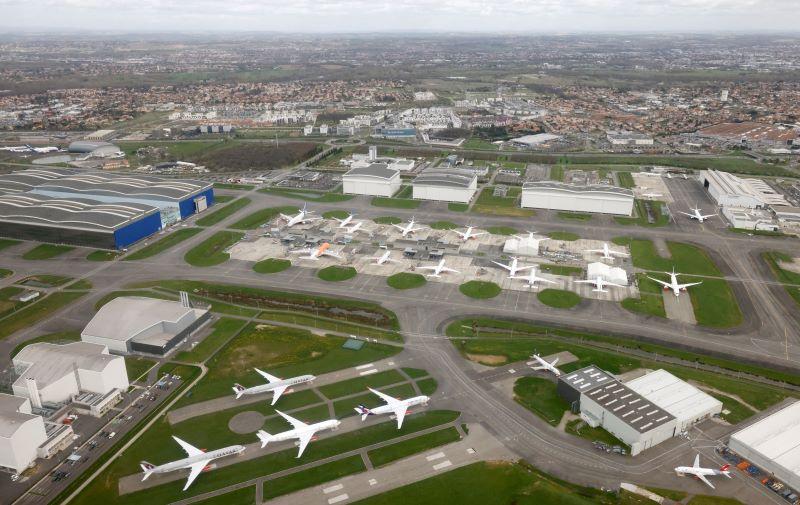
Credit: Stephane Mahe Pool/AFP/Getty Images
EASA has issued a new airworthiness directive (AD) instructing airlines to carefully check external air data probes before returning aircraft to service after pandemic storage. This follows continuing instances of flightdeck instrument speed discrepancies, suggesting blocked sensors. In August 2020...
Subscription Required
This content requires a subscription to one of the Aviation Week Intelligence Network (AWIN) bundles.
Schedule a demo today to find out how you can access this content and similar content related to your area of the global aviation industry.
Already an AWIN subscriber? Login
Did you know? Aviation Week has won top honors multiple times in the Jesse H. Neal National Business Journalism Awards, the business-to-business media equivalent of the Pulitzer Prizes.

